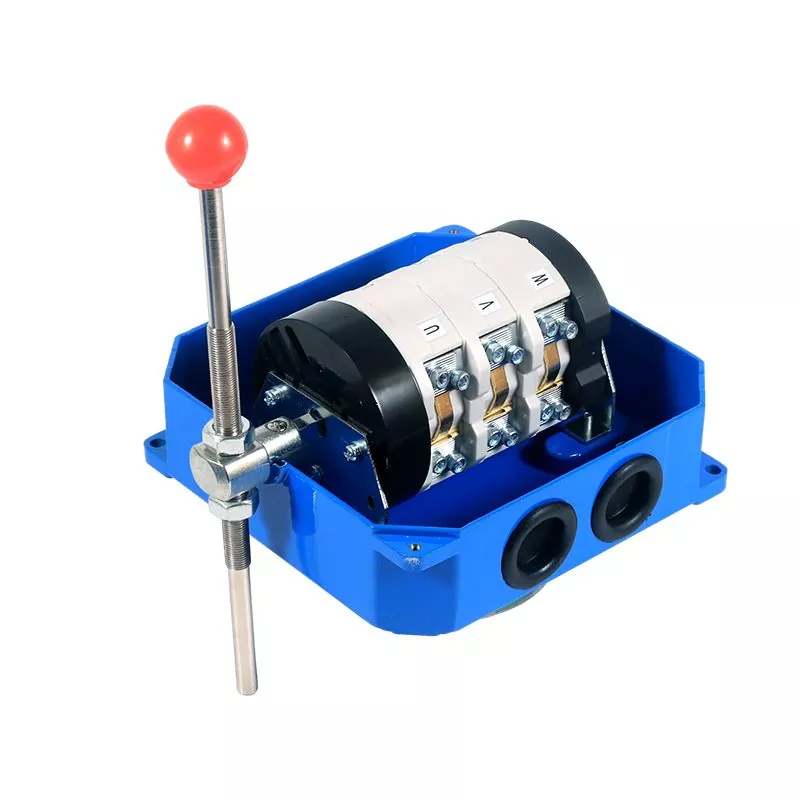Where are limit switches mainly used?
2025-05-08
Limit switches are a protective device widely used in the fields of industrial automation and mechanical control. Their core function is to trigger control signals by detecting changes in the position of objects, thereby achieving precise limits on the range of motion of the equipment.
In industrial production, limit switches are often installed at the travel terminals or key nodes of mechanical equipment, such as the processing platform of CNC machine tools or the conveyor belt of automated assembly lines. When a mechanical part moves to a preset position, the contacts of the limit switch will switch states due to physical contact or induction, immediately cutting off the power source or sending a stop command to the control system, effectively avoiding collisions or wear caused by overtravel. This mechanism not only improves the safety of the equipment, but also extends the service life of key components.
In elevator systems, the role of limit switches is also indispensable. When the elevator car reaches the specified height of the floor, the limit switch will accurately identify the position and trigger a deceleration stop signal to ensure that the car stops smoothly. In addition, in the field of warehousing and logistics, when stackers or AGV carts move between shelves, limit switches can prevent accidental collisions between equipment and shelves by monitoring the movement trajectory in real time.
With the development of intelligent technology, modern limit switches can also be combined with sensor networks to achieve real-time feedback and dynamic adjustment of complex motion trajectories. For example, in robot welding or precision assembly lines, limit switches can not only ensure basic safety, but also optimize production rhythm through multi-level trigger design. As a cornerstone component in the field of industrial control, limit switches continue to provide underlying support for the reliability and automation level of mechanical systems through efficient position management.


